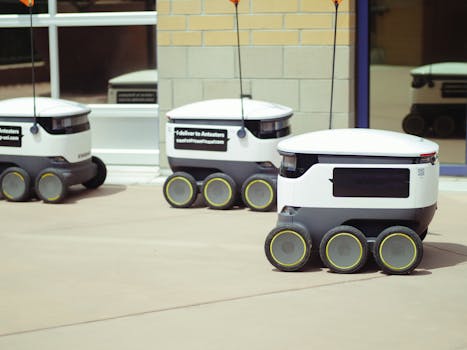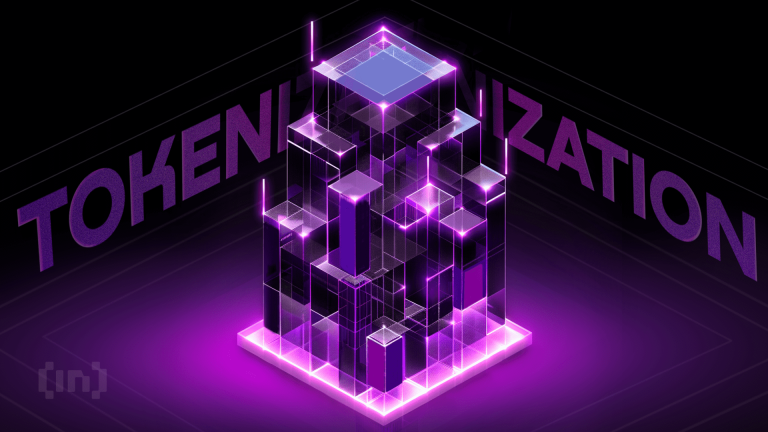
Introduction to Smart Cities
Smart Cities are redefining urban living by integrating technology to enhance the quality of life for residents. As we approach 2025, urban areas are set to become more connected, efficient, and sustainable. This article delves into the key trends shaping smart cities in the coming years, including sustainable living.
Technology Integration in Urban Environments
One of the most significant trends in smart cities is the integration of advanced technologies. This includes IoT (Internet of Things) devices that collect data to improve city services such as waste management, traffic control, and public safety. Cities like Barcelona and Singapore are leading examples of how technology can transform urban landscapes. For more insights on urban development, check out The Evolution of E-commerce by 2025.
IoT and Data Analytics
Data analytics plays a crucial role in smart city initiatives. By analyzing data collected from various sources, city planners can make informed decisions to enhance infrastructure and services. For instance, real-time traffic data can help reduce congestion and improve public transport efficiency.
Sustainable Urban Development
With climate change posing significant challenges, sustainability is at the forefront of smart city development. Future urban environments will prioritize green spaces, renewable energy sources, and sustainable building practices, aligning with the emerging trends for 2025.
Renewable Energy Solutions
Smart cities are increasingly adopting renewable energy solutions, such as solar panels and wind turbines, to power public services and reduce carbon footprints. These initiatives not only benefit the environment but also help cities save on energy costs.
Citizen Engagement and Participation
Engaging citizens in the planning and implementation of smart city projects is vital for success. Platforms that facilitate communication between city officials and residents can lead to more responsive governance and community-driven initiatives.
Smart Mobility Solutions
As urban populations grow, smart mobility solutions are essential. Innovations such as electric public transport, bike-sharing programs, and pedestrian-friendly infrastructure will emerge as key components of urban planning.
Conclusion
As we look ahead to 2025, the concept of smart cities will continue to evolve, driven by technological advancements and a commitment to sustainability. The integration of innovative solutions in urban environments promises to enhance the quality of life for all residents, making our cities more livable and efficient.




